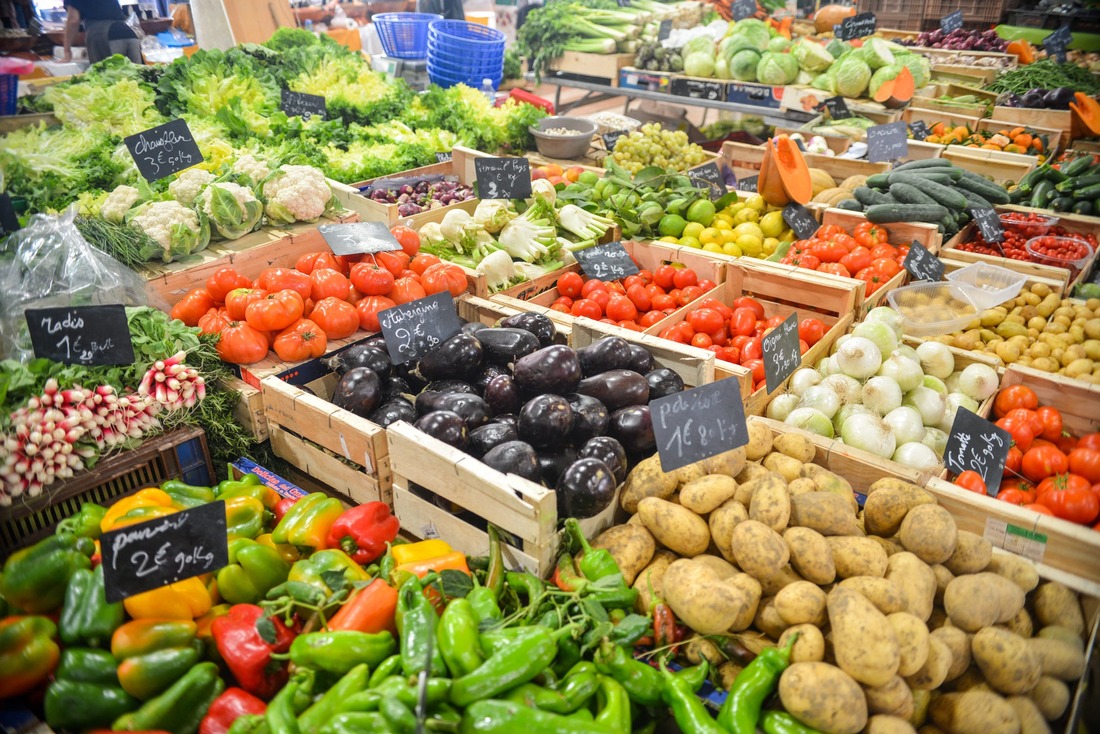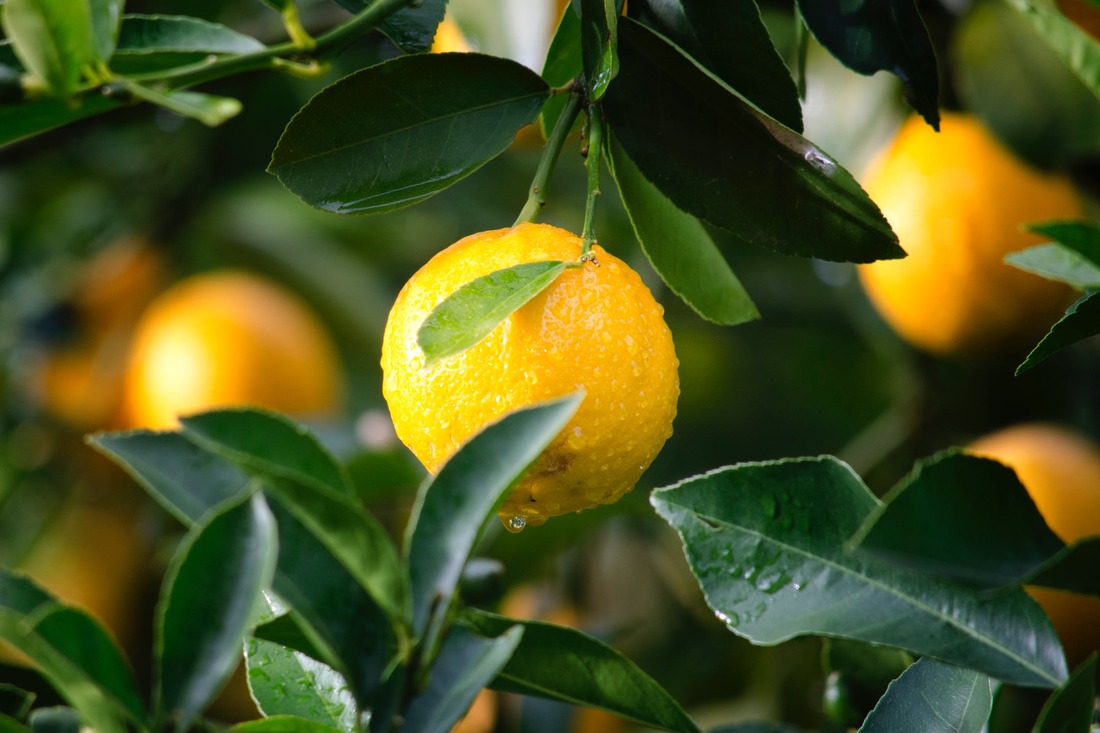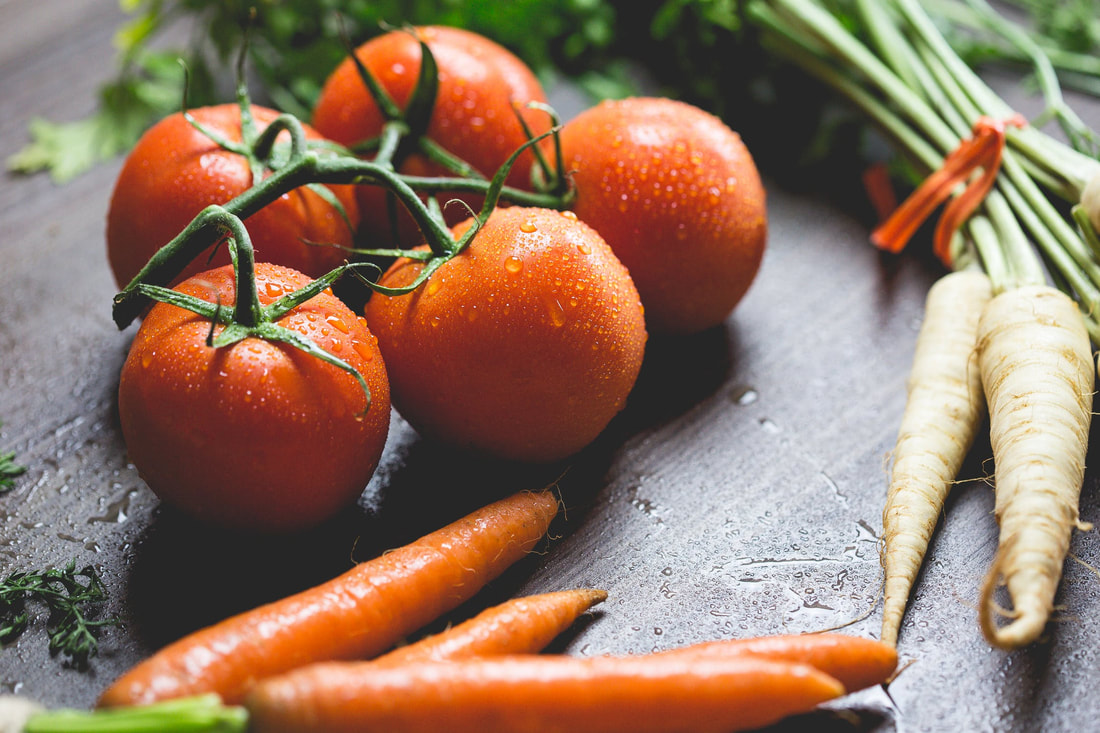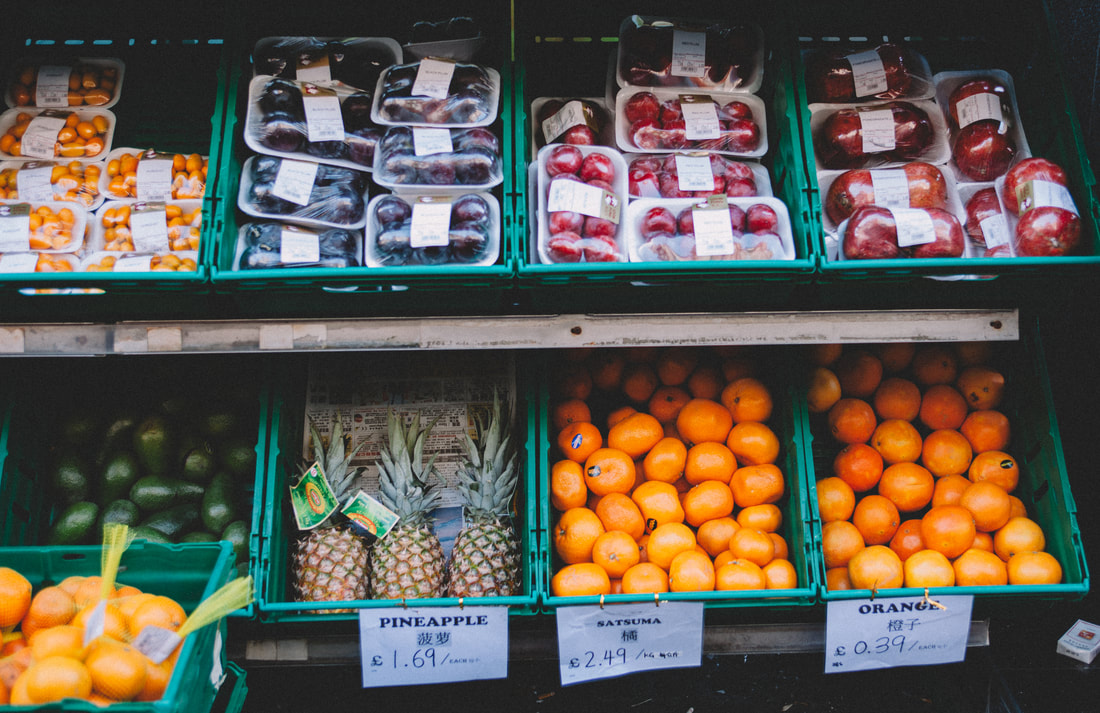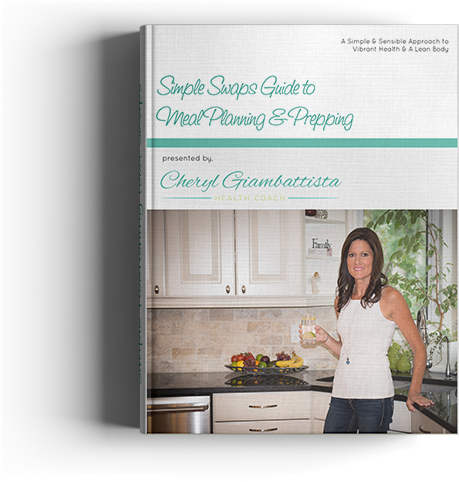Healthy Resources for Healthy Living
Hello!
It's so great that you're here reading one of my blog posts about healthy eating and healthy living.
Whether it's the first post of mine you've read, or you've been following me for months, the fact that you're here tells me that you've been thinking about your health.
This blog is just one of many valuable resources available for free on the internet that can help you make better choices in your daily life. When you make better choices in terms of what you eat, what you drink, and how you move your body, you ultimately live a happier, more energetic life.
Today I want to talk about the Environmental Working Group's (EWG) "Dirty Dozen" and "Clean Fifteen" lists, which I urge all of my clients to follow as part of my Simple Swaps Program.
These are incredibly important and helpful resources that you can refer to every day to help guide your choices when it comes to the food you put in your body.
It's so great that you're here reading one of my blog posts about healthy eating and healthy living.
Whether it's the first post of mine you've read, or you've been following me for months, the fact that you're here tells me that you've been thinking about your health.
This blog is just one of many valuable resources available for free on the internet that can help you make better choices in your daily life. When you make better choices in terms of what you eat, what you drink, and how you move your body, you ultimately live a happier, more energetic life.
Today I want to talk about the Environmental Working Group's (EWG) "Dirty Dozen" and "Clean Fifteen" lists, which I urge all of my clients to follow as part of my Simple Swaps Program.
These are incredibly important and helpful resources that you can refer to every day to help guide your choices when it comes to the food you put in your body.
Where Does it Come From?
So what are these lists based on?
From the EWG website: "The EWG's Shopper's Guide to Pesticides in Produce™, updated every year since 2004, ranks pesticide contamination of 48 popular fruits and vegetables. The guide is based on results of more than 35,200 samples of produce tested by the U.S. Department of Agriculture and Food and Drug Administration. It is important to note that the samples are tested for pesticides after they have been prepared to be eaten. This means the produce is thoroughly washed and, when applicable, peeled. After these preparations, pesticide residues are still detected on many of the fruits and veggies.
Every day, consumers rely on EWG's Shopper's Guide to help them make the best choices for their families and reduce their exposures to toxic pesticides."
As highlighted above, washing and peeling your fruits/produce does not guarantee that they'll be free from pesticides.
The "Dirty Dozen" and "Clean Fifteen" lists are below. Feel free to print out this post, or print out the pages directly from the EWG website to help you with your weekly grocery shopping.
From the EWG website: "The EWG's Shopper's Guide to Pesticides in Produce™, updated every year since 2004, ranks pesticide contamination of 48 popular fruits and vegetables. The guide is based on results of more than 35,200 samples of produce tested by the U.S. Department of Agriculture and Food and Drug Administration. It is important to note that the samples are tested for pesticides after they have been prepared to be eaten. This means the produce is thoroughly washed and, when applicable, peeled. After these preparations, pesticide residues are still detected on many of the fruits and veggies.
Every day, consumers rely on EWG's Shopper's Guide to help them make the best choices for their families and reduce their exposures to toxic pesticides."
As highlighted above, washing and peeling your fruits/produce does not guarantee that they'll be free from pesticides.
The "Dirty Dozen" and "Clean Fifteen" lists are below. Feel free to print out this post, or print out the pages directly from the EWG website to help you with your weekly grocery shopping.
Dirty Dozen
- Strawberries
- Spinach
- Nectarines
- Apples
- Peaches
- Pears
- Cherries
- Grapes
- Celery
- Tomatoes
- Sweet bell peppers
- Potatoes
* Buy these organic whenever possible.
The EWG also analyzed pesticide residue testing data from the U.S. Department of Agriculture and Food and Drug Administration to come up with rankings for even more popular fresh produce items. All 48 foods are listed here on their website from worst to best - lower numbers indicate more pesticides.
Want a ready-to-print version? Click here to view and download. Perfect to keep attached to your fridge or in your wallet.
Clean Fifteen
- Sweet Corn*
- Avocados
- Pineapples
- Cabbage
- Onions
- Sweet peas
- Papayas*
- Asparagus
- Mangos
- Eggplant
- Honeydew Melon
- Kiwi
- Cantaloupe
- Cauliflower
- Grapefruit
* A small amount of sweet corn, papaya and summer squash sold in the United States is produced from genetically modified seeds. Buy organic varieties of these crops if you want to avoid genetically modified produce.
Click here to view the full list on the EWG website.
Want a ready-to-print version? Click here to view and download. Perfect to keep attached to your fridge or in your wallet.
Healthy Choices Today & Every Day!
|
Do you feel more informed about what sort of fruits and veggies you should be buying more often than not?
I find these two lists incredibly helpful and I hope you do too. I have another resource that you might enjoy taking a look at that will help put your grocery lists into action with healthy meal planning every day of the week. My free eBook, "The Simple Swaps Guide to Meal Planning & Prepping" is a great resource to use to help plan healthy, delicious meals each and every week. Click here or on the button below to claim your copy. |


